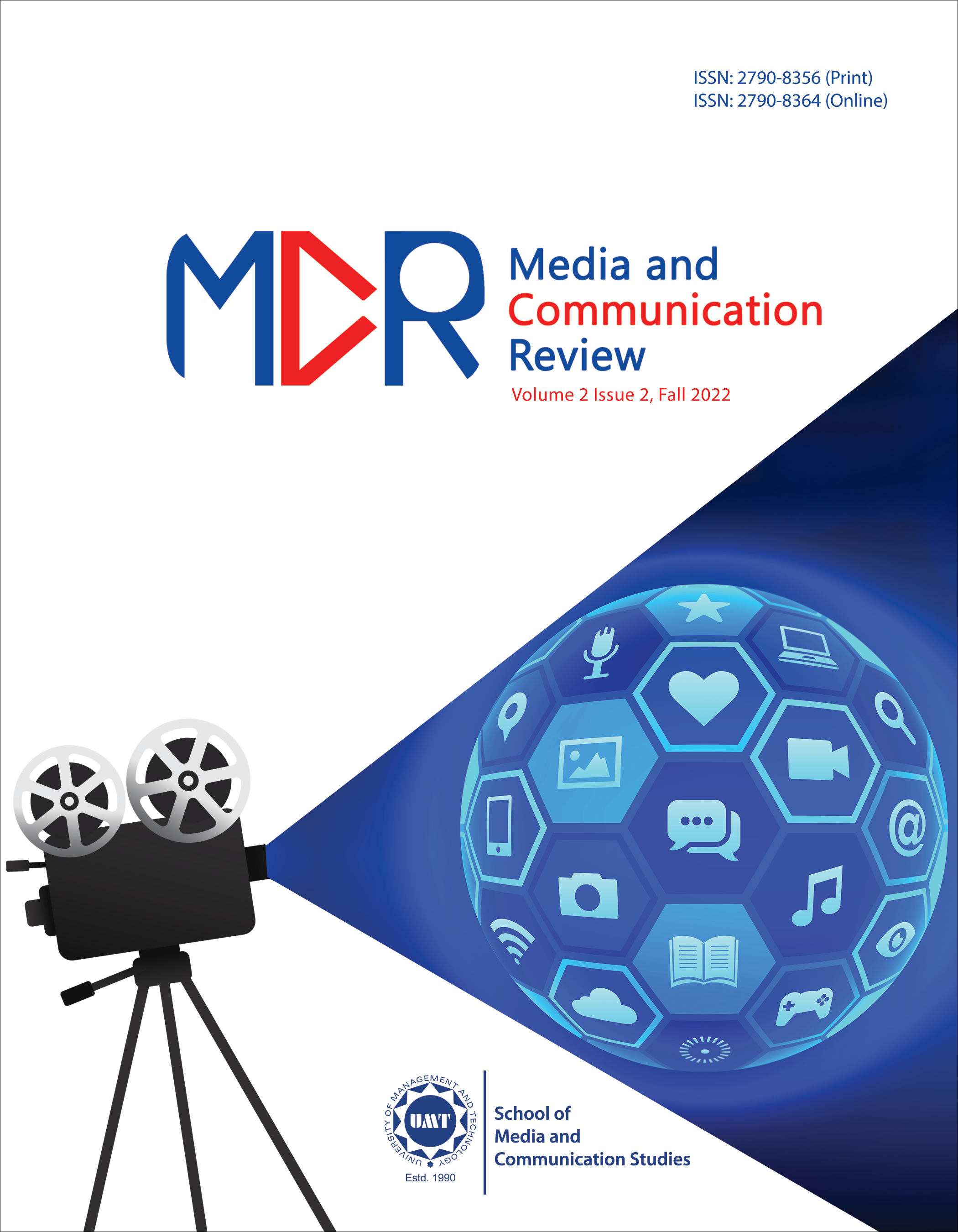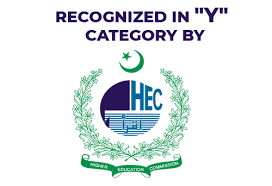Framing Practices: Analysis of Editorial Coverage of Post-Pulwama Indo-Pak Conflicts
Abstract
 Abstract Views: 14
Abstract Views: 14
Pakistan and India have fought two wars over Kashmir, arguably. Since 1947, when the two adjacent countries were partitioned, the relationship between them has been hostile. In February of this year, Pakistan and India engaged in an armed battle. As a result of these confrontations, the media's role is more important than ever. This study examines Pakistan's print media framing practices following the Pulwama attack in February 2019 by using the several framing categories 1) Conflict, 2) Responsibility, 3) Morality, 4) Solution, 5) Human Interest, 6) Consequences, 7) Action, and four sub themes of Responsibility frames i) Individual Treatment Responsibility frames, ii) Societal/Government Action, iii) International Donor Intervention, iv) Others. Using a census approach, 282 opinions and editorials were gathered from a population of 1,321 published items on the Op-Ed pages of six English newspapers. Quantitative analysis approach is used in this study. The findings suggest no significant difference in the Mean of Consequences frames and Action frames, as well as in the Mean of Individual Treatment Responsibility frames and Societal/Government Action frames used to report the conflict.
Downloads
Copyright (c) 2023 Muhammad Ashfaq ashfaq, Noor-ul-Ain Shahid, Javairia Zubair

This work is licensed under a Creative Commons Attribution 4.0 International License.
Copyrights © Author(s) 2021




